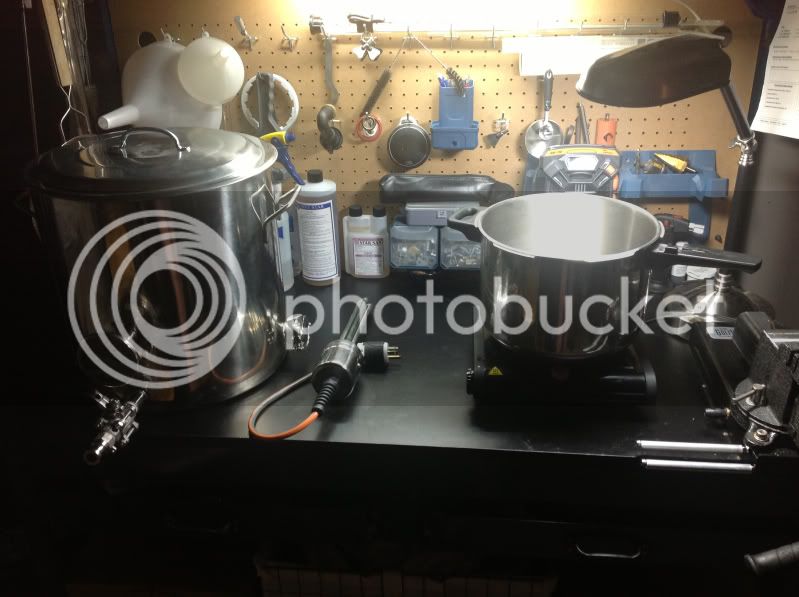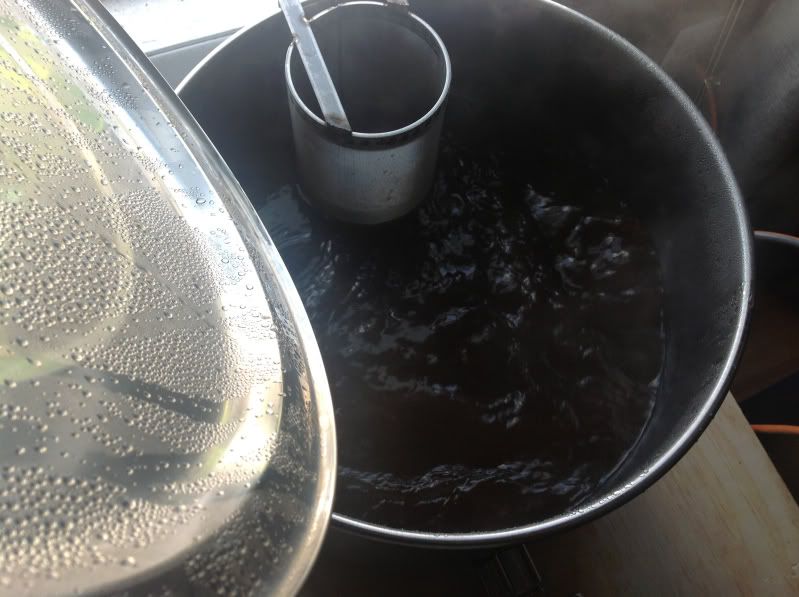I am brewing this Monday and was hoping to have my e-keggle ready. I'm nearly there but am at a crossroads on options.
My father (a licensed electrician) is wiring a 240V outlet in my garage but not for another few weeks. My house used to have a hot tub out back so there's 240V going out there already. I am an extract brewer and would only really need to get 2-3 gallons boiling (for now). I do have aspirations to go AG in the next 2 - 3 years.
My questions are:
1) Should I even go with the e-keggle route or should I use my 5 gallon kettle since (right now) I would never need the full kettle volume? And if I went AG, I could still use this to heat my sparge water.
2) Could I just mount a 5500 watt 240V element but with a plug for 120V? Then if/when I decide to switch to 240V, I would change the plug? That would give me (5500 watts/4) 1375 watts, which is enough for my 2 - 3 gallon boil. The power cord would be 12 gauge so it should handle the 120V or 240V.
I'm trying to keep cost down so not investing in a SSR or a DPST switch to kill 240V would be nice. I'd still have a switch inline for the 120V set up.
My father (a licensed electrician) is wiring a 240V outlet in my garage but not for another few weeks. My house used to have a hot tub out back so there's 240V going out there already. I am an extract brewer and would only really need to get 2-3 gallons boiling (for now). I do have aspirations to go AG in the next 2 - 3 years.
My questions are:
1) Should I even go with the e-keggle route or should I use my 5 gallon kettle since (right now) I would never need the full kettle volume? And if I went AG, I could still use this to heat my sparge water.
2) Could I just mount a 5500 watt 240V element but with a plug for 120V? Then if/when I decide to switch to 240V, I would change the plug? That would give me (5500 watts/4) 1375 watts, which is enough for my 2 - 3 gallon boil. The power cord would be 12 gauge so it should handle the 120V or 240V.
I'm trying to keep cost down so not investing in a SSR or a DPST switch to kill 240V would be nice. I'd still have a switch inline for the 120V set up.






